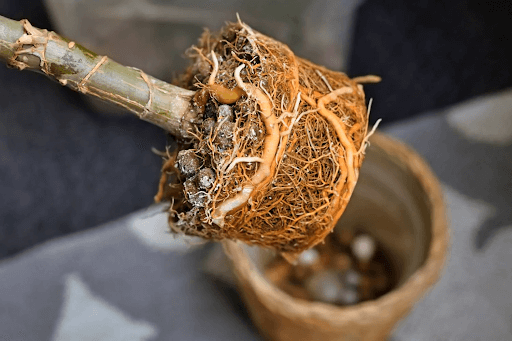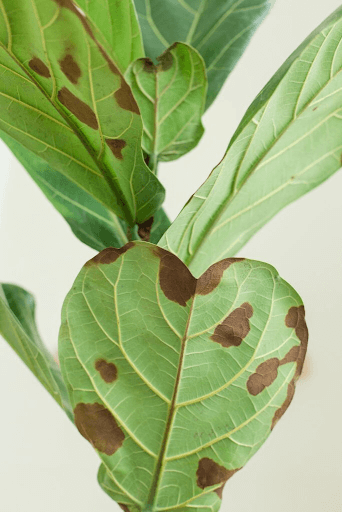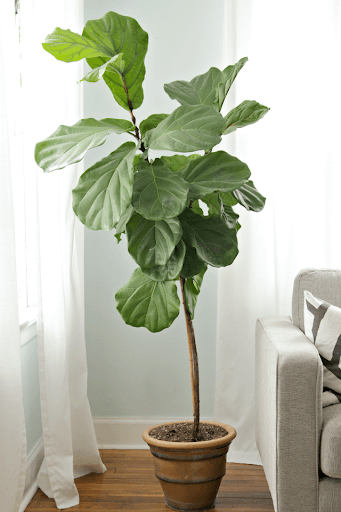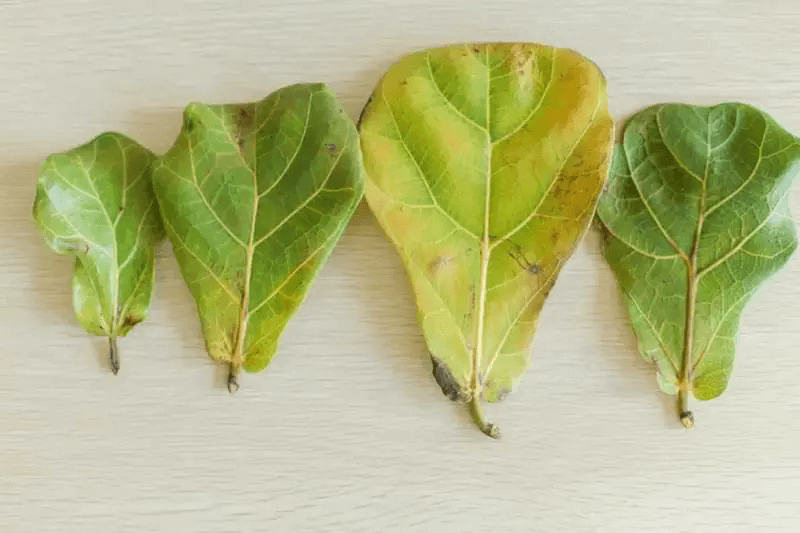1. Overwatering and Root Rot:
One of the most common mistakes is overwatering. Fiddle leaf figs prefer moderate amounts of water and can quickly develop root rot if their roots sit in soggy soil for too long. Signs of overwatering include yellowing leaves, mushy stems, and a foul odor emanating from the soil. To avoid this, allow the top inch or two of soil to dry out between waterings and ensure proper drainage in your pot.







